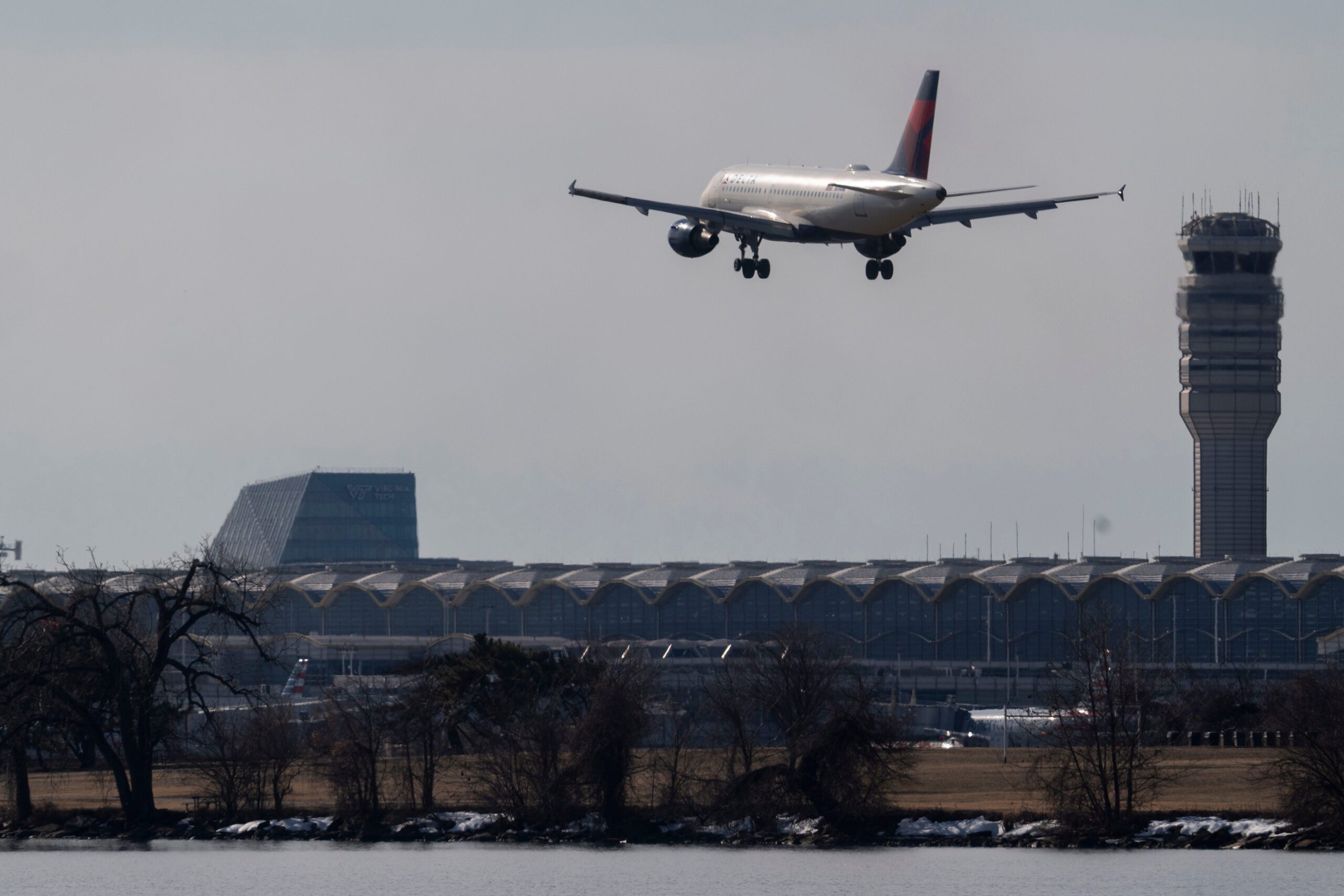
FAA Investigates Near Misses at Reagan National Airport Involving Military Helicopter
The Federal Aviation Administration (FAA) has initiated an investigation into two separate incidents at Reagan Washington National Airport (DCA) on Thursday, where commercial flights were forced to abort their landings due to the unexpected presence of a U.S. military helicopter en route to the Pentagon. The incidents have reignited concerns about airspace safety around the airport, particularly regarding helicopter traffic.
According to the FAA’s statement on Friday, air traffic controllers directed Delta Air Lines Flight 1671, an Airbus A319 originating from Orlando, and Republic Airways Flight 5825, an Embraer 170 departing from Boston, to execute "go-arounds" at approximately 2:30 p.m. The reason for these aborted landings was a "priority military air transport helicopter" operating in close proximity to the airport.
These incidents occurred against a backdrop of heightened scrutiny of airspace safety, especially following a tragic mid-air collision on January 29. In that devastating event, an American Airlines regional jet collided with an Army helicopter, resulting in the loss of 67 lives. The collision prompted the FAA to impose permanent restrictions on non-essential helicopter operations around Reagan National Airport in an effort to mitigate the risk of similar accidents.
Delta Air Lines confirmed the incident involving Flight 1671, stating that the aircraft was carrying 97 passengers and five crew members. The airline emphasized its unwavering commitment to safety, stating, "Nothing is more important at Delta than the safety of our customers and people. We’ll cooperate with the FAA as they investigate."
As of the time of reporting, the Pentagon had not released a statement regarding the incident. Republic Airways also did not immediately respond to requests for comment.
Reagan National Airport’s location, situated in northern Virginia just outside of Washington, D.C., and approximately four miles from Capitol Hill, makes it a popular choice for lawmakers, tourists, and local residents alike. Its proximity to key government buildings, however, also necessitates careful management of air traffic to ensure safety and security.
In response to the January collision, the FAA implemented additional measures in March, including the permanent closure of one key route and the prohibition of using two smaller runways at the airport when helicopters conducting urgent missions are operating nearby. These actions were intended to create a safer environment by separating helicopter and fixed-wing aircraft traffic.
During a congressional hearing in March, senators voiced their concerns and called for more stringent regulations on helicopters transiting the airspace near DCA. The senators advocated for tighter restrictions on such traffic to further reduce the potential for near-miss incidents.
Data from the National Transportation Safety Board (NTSB) reveals a troubling trend of near misses involving helicopters and airplanes. Since 2021, there have been 85 recorded events involving a potentially dangerous near-miss between a helicopter and a plane. These incidents are defined as a lateral separation of less than 1,500 feet and a vertical separation of less than 200 feet, highlighting the potential for serious collisions.
The recent incidents involving helicopter traffic near Reagan National Airport are not isolated events. A number of other safety incidents at the airport have raised alarms, including a March 28 incident involving a Delta flight and a group of Air Force jets. These incidents collectively point to a need for a comprehensive review of air traffic procedures and safety protocols at the airport.
Airlines for America, an industry group representing American Airlines and other U.S. carriers, has been vocal in its concerns about helicopter traffic around Reagan National Airport. In March, the group urged the FAA to permanently reduce helicopter traffic around the airport, calling for the suspension of certain nearby helicopter routes with limited exceptions for essential military or medical emergencies.
The FAA’s investigation into the aborted landings at Reagan National Airport is part of a broader effort to address safety concerns related to helicopter traffic near major airports. Last week, the FAA announced changes to address similar safety concerns in Las Vegas, indicating a nationwide focus on this issue.
The investigation into the Reagan National Airport incidents will likely examine several key areas, including communication protocols between air traffic control and pilots, the procedures for handling priority military flights, and the effectiveness of existing restrictions on helicopter operations. The FAA will also likely review the findings of the NTSB and other safety organizations to identify potential areas for improvement.
The outcome of the FAA’s investigation could lead to further changes in air traffic procedures and regulations at Reagan National Airport and other airports nationwide. These changes could include stricter limits on helicopter traffic, improved communication protocols, and enhanced training for air traffic controllers. The goal of these efforts is to create a safer airspace environment for all aircraft, preventing future near-miss incidents and ensuring the safety of passengers and crew.
